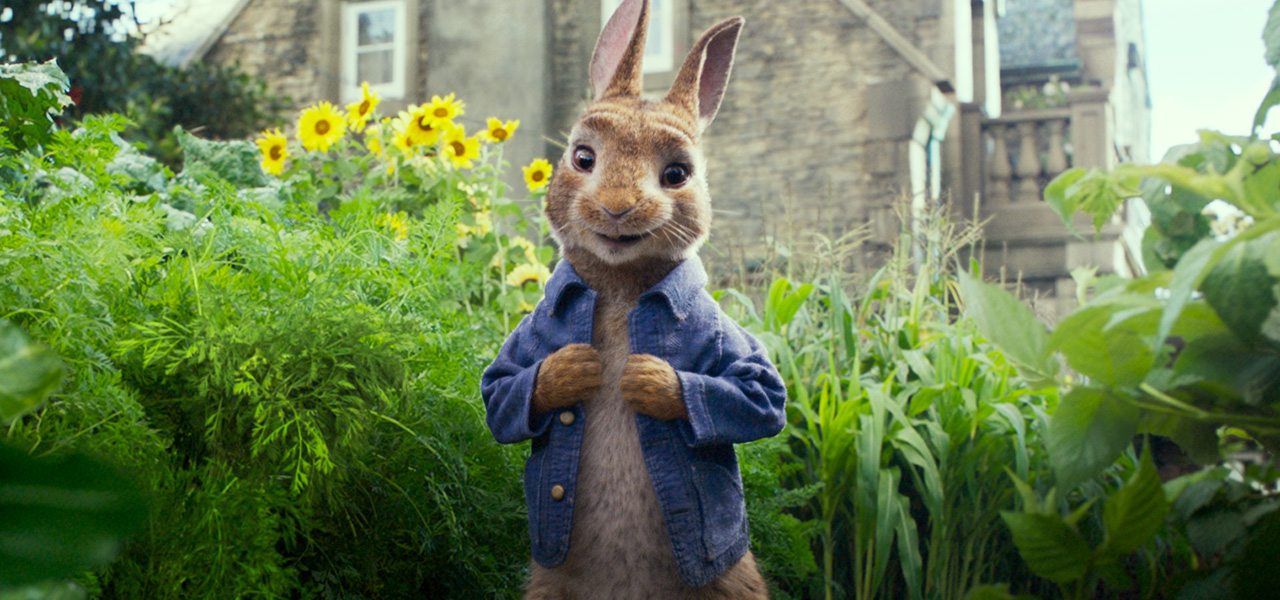
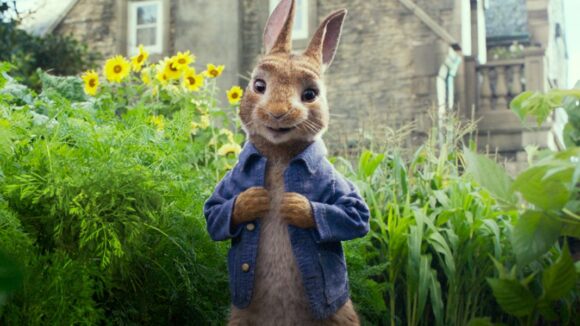
‘Peter Rabbit’ Director Will Gluck On Making a Hybrid CG/Live-Action Film — And Why It Was So Tough
There are so many films made now which feature cg characters. Actors regularly have to act against stand-ins, tennis balls on sticks, or against nothing at all. This is why filmmakers plan, board, use previs, and also rely on the iterative nature of visual effects to build up their final shots.
Director Will Gluck faced those challenges, and more, on Peter Rabbit, which features an array of cg characters crafted by Animal Logic. Having not done such an intensive visual effects film before, Gluck had to find ways to imagine – during planning, shooting, and post – what his main cg characters would look like, and how they would interact with real actors such as Domhnall Gleeson and Rose Byrne.
In this candid discussion with Cartoon Brew, Gluck talks about how previs was something he tried – unsuccessfully – for the film, how his iterative process made it tough on Animal Logic in having to re-visit animation, and how he’d still be making slight changes to the film if he could.
Cartoon Brew: This is a film that has real actors interacting with cg characters. What kind of planning goes into shooting that kind of movie?
Will Gluck: We did a lot of planning and then I threw it all out, and then I planned it again, and then I threw it all out. The first thing we did was storyboard the entire movie. We did it many times; we had many iterations of the story, which is actually an interesting way of making any movie, because usually you just storyboard the big sequences, but we storyboarded everything, with the voices of the actors. And then we started shooting it. But I approached this as a live-action movie, which means I changed it all the time.
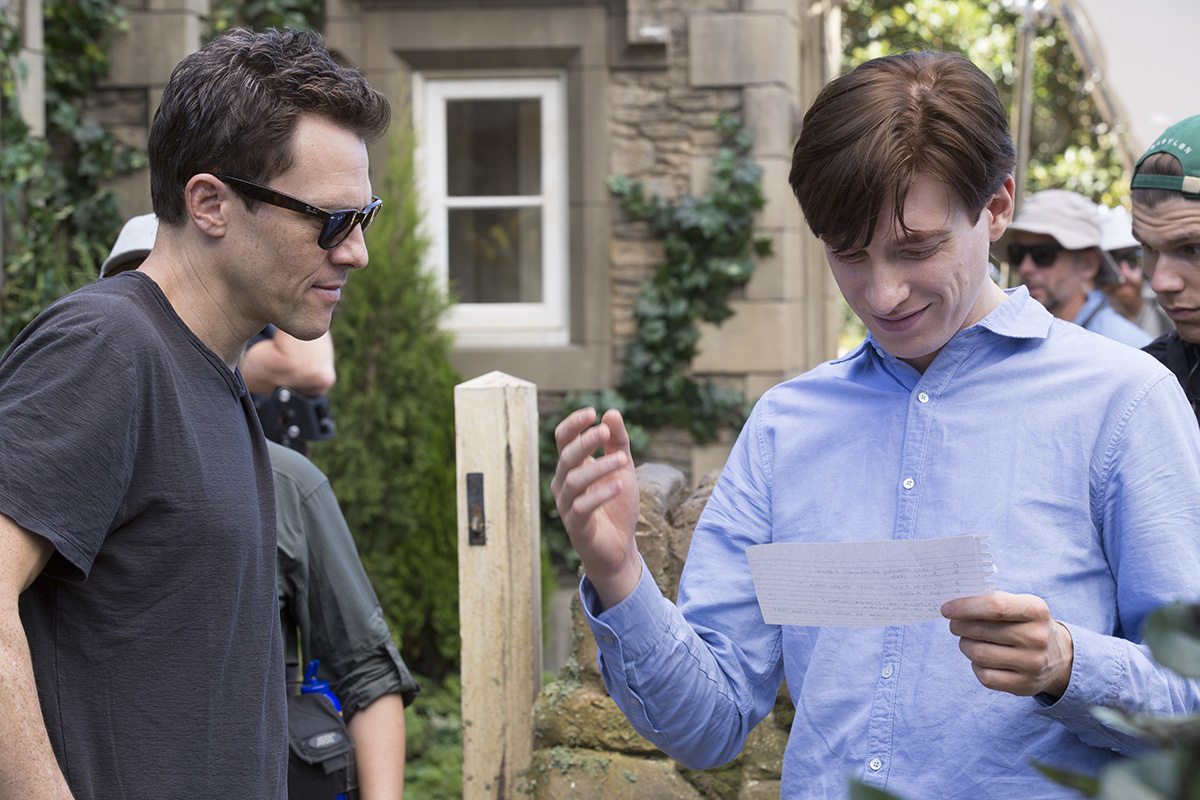
Then our second unit, which was directed by Kelly Baigent, who’s also our head of story, and helped us develop the movie from the very beginning, would follow us in the second unit and shoot the plates and shoot the other side where the animals are. They had just as long a shoot as we did, so it’s not like it was a typical short second unit shoot. It was just as many days as ours was.
And then the editor Christian Gazal and I cut the movie with the live action, and whenever it was time for one of the other characters [to be in the shot], we would have the storyboard artist draw what the [character was doing]. So, you use the storyboard over live action, which really gave me a sense of the action, because I need to see something; I can’t really visualize it. I’m a nightmare to work with because I need to see it.
You do this many times, and we kept doing it over and over again many, many months and once we got it into a shape that we liked, then the animation would start in earnest, and little by little, the storyboard and the live-action plates would be replaced by cg. But, as always happens, because the animators are so brilliant and have so many good ideas, well, that changes things too.

So, you say, ‘Oh, wow, if you want to do this with the animation, well, then, let’s go back and re-cut the live-action portion of this to a different shot.’ So, it was constantly fluid and the Animal Logic team had to deal with it, which was I’m sure quite frustrating for them because just when we got something on lockdown, we would change everything. And we’d add a sequence, or add a different character or get rid of a character.
So it was a mad dash to the finish because we also moved up our release date. The last four or five months was just constant iteration, iteration, iteration to the animators and, also me cutting it, re-cutting it. I mean, we delivered the movie Sunday night [January 28th], and it comes out February 9th, and I think the last animation change I made was Thursday [January 25th].
And, by the way, if I could, I’d still be making changes. [laughs]. So, I think it’s quite frustrating for Animal Logic, but they did the ultimate service and it’s a testament to their incredible creative genius to be able to not only figure out how to do it in that manner of time, but also keep making it better and better.
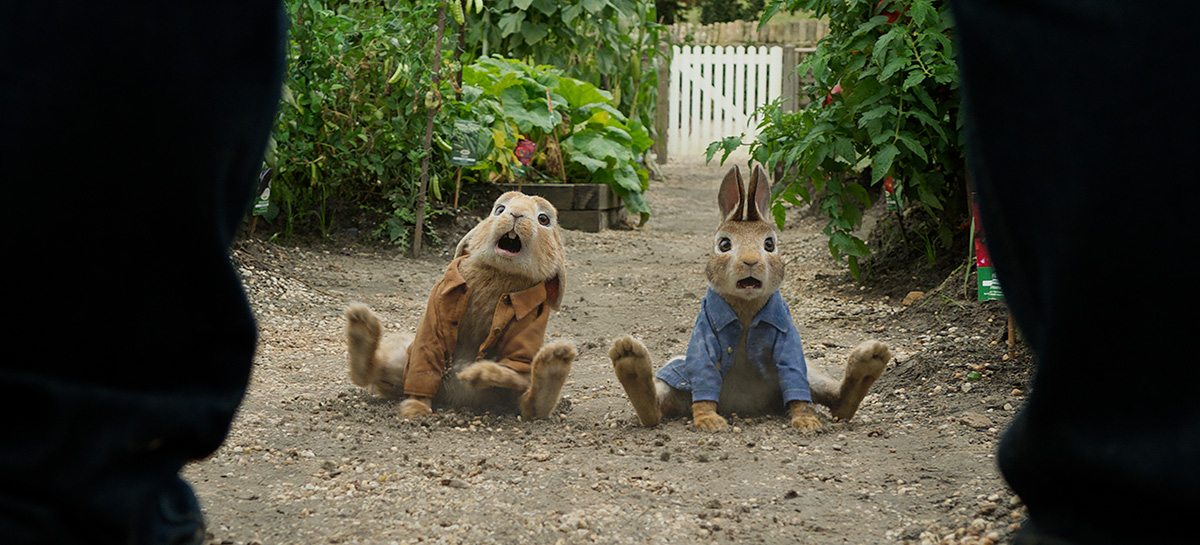
What’s your position on the use of previs? Previs sometimes is really useful, sometimes it just gives you an idea, sometimes it’s meant to be thrown out. Did the storyboards end up becoming any kind of animatics or previs at the early stages?
Will Gluck: Previs was not successful in this movie, because of how many times we changed it. I mean, we would spend so much time previs’ing it and then, I was like, ‘Uh, no, let’s do this over here.’ Forget it, that’s the end of the previs. So, I wanted to embrace previs, [but] I realized because I’m such a ‘on the spur of the moment’ kind of director, previs wasn’t that worthwhile here. If I do another one of these, it’d be cool – I think we would do it the same way we did without the previs, so, storyboarding it, live action, and then using storyboards again after we shoot the live-action portion of it.
There’s a lot of shots of the movie that were very specific, like the opening, the big camera moves, and the helicopter shots – and those we did previs and they did prove successful, but those are only for certain sweeping shots that we knew wouldn’t change, and, those are few and far between in my experience or my movies.
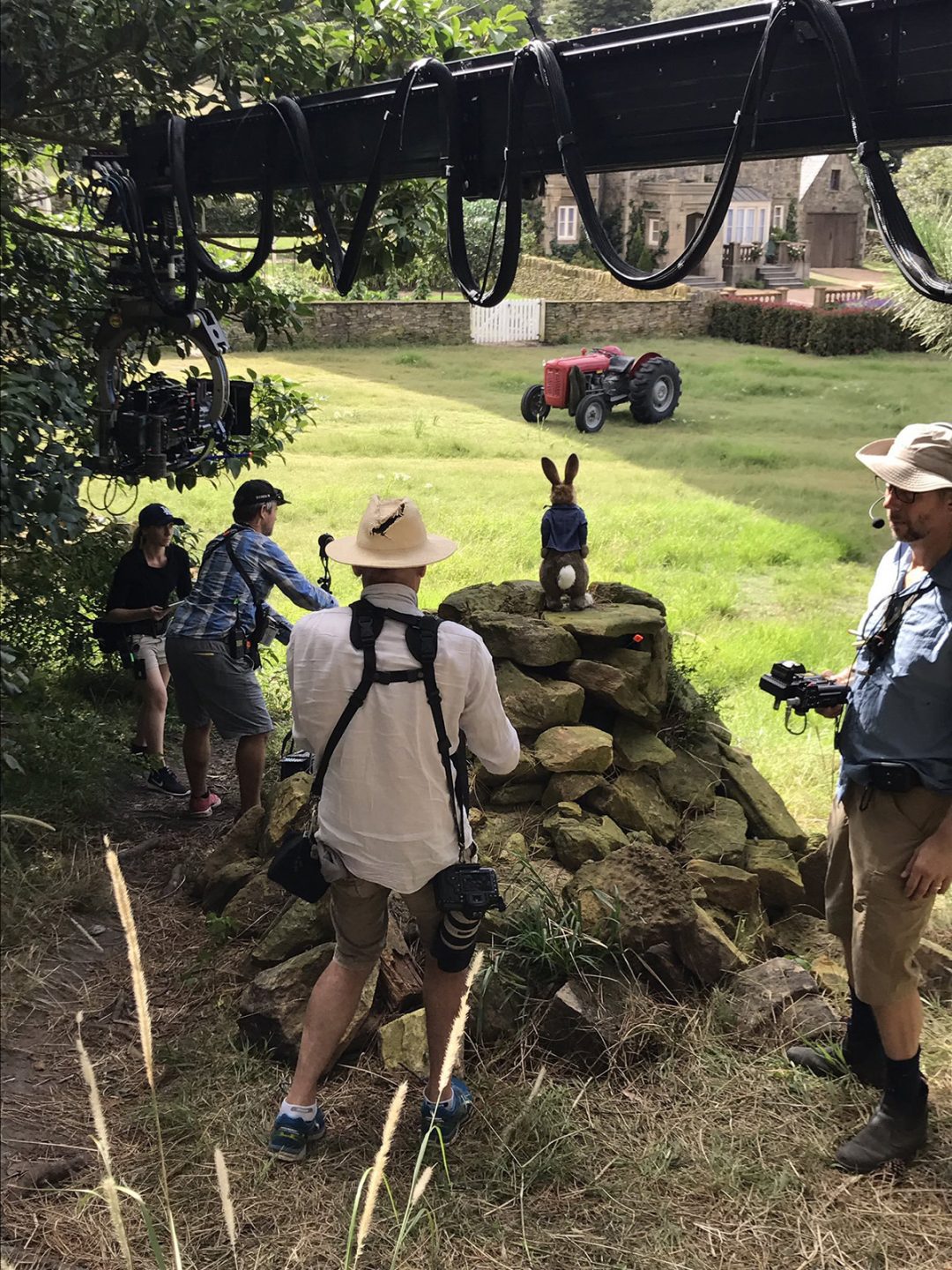
During shooting, you’ve got actors often interacting with rabbits and other animals. What were some of the methods used for on-set shooting with stuffies or stand-ins?
Will Gluck: We used a variety of techniques. We used stuffed animals, we used maquettes, we used guys in blue suits and then in blue suits with sticks. We used a laser pointer – we used everything we possibly could because I really wanted it to feel like the actors were interacting and I really wanted the eye lines to show up as accurate. I didn’t want them staring off into space. Will Reichelt, who is our vfx supervisor, really helped me execute that to the biggest extent.
You mentioned the storyboard draw-overs, but how challenging was it to edit a film where things weren’t there yet?
Will Gluck: I can’t judge something until I can kind of see it, as the men and women down at Animal Logic know now. So, I need to see what they’re reacting to, because I cut it like a live-action movie. I would constantly write and re-write and re-write, and try this, and try this. And the only way I could see if it worked is if we got the actor to voice it and stuck in the draw-over and seeing if it worked in the context of the scene. And then, once we could see, ‘Oh, this is gonna work,’ then we started the animation process. So in this constantly changing, iterative process, I would say I had to make two movies, a live-action movie and then this movie, which makes it a long process.
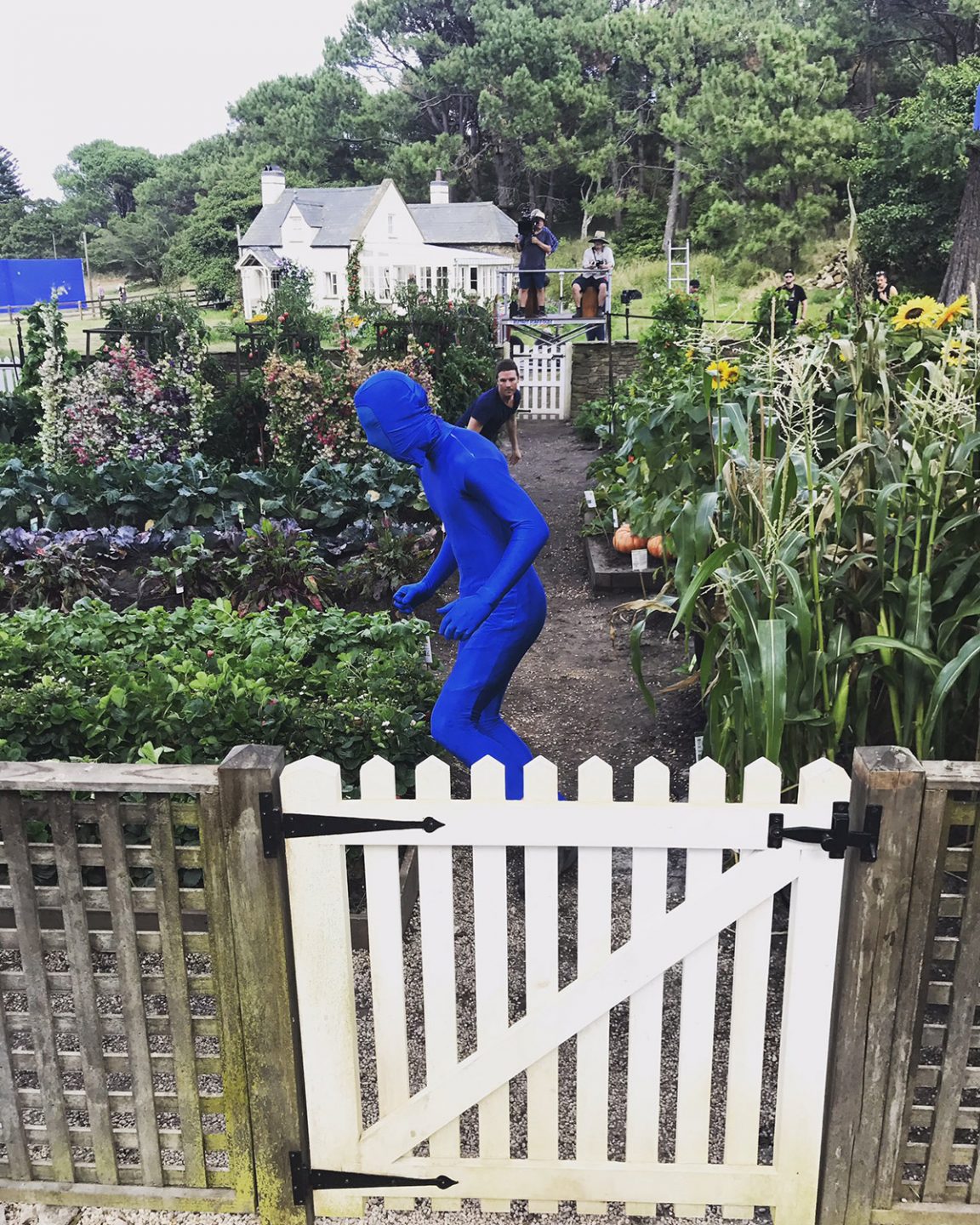
If you made a similar film or sequel, would you think there was any benefit in having live-action actors standing in for the animals at all?
Will Gluck: We tried that in the beginning, and in fact we pre-shot the entire movie with stand-ins for our live-action actors, and then for the animals we had people holding sticks the size of the rabbits. So we shot the entire movie that way and they actually wore rabbit ears and everything. But, I don’t know if them acting with a live-action person would work, just because of the pure size – it’s all about the lighting and these little rabbits are small and they take up as much light as they need to take up, so I don’t know if that would work, technically.
The fight between Peter Rabbit and Thomas McGregor in Bea’s studio had a lot of interaction – how was that filmed?
Will Gluck: Yeah, it took forever. That was a combination of working with a stunt coordinator, and a stunt man, and figuring out the fight and then moving it over to Will Reichelt’s team. It took I believe four-and-a-half days to shoot that in driving rain and if there wasn’t rain, we had to make it rain, because if you notice that scene I want it to be rainy. We used everything in that – every combination of stuffies, men in blue, men with a stick, throwing things at Thomas, lights, a maquette. They always say that being a director is having the illusion of control, and that scene is one where you really just gave it up to all the different departments and you just had to believe that they could all figure it out, because it was very, very complicated.
It was all done in little bits but it had to feel like it wasn’t. And the only reason, in addition to the incredible visual effects job they did, that that thing works, in my opinion, is because of Domhnall Gleeson. It looks like he’s fighting a rabbit, and it’s all him, because it looks like he’s getting hit, it looks like he’s getting attacked, it looks like he’s grabbing someone, it looks like his chin is getting knocked out, and it’s a really hard thing to do and he did it amazingly.


.png)